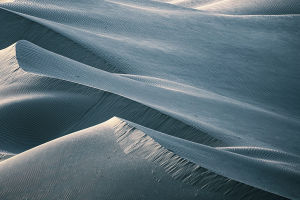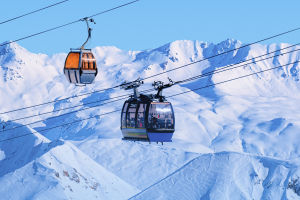An island is a landmass entirely surrounded by water, which can be found in oceans, rivers, or lakes.
While it is often considered a distinct piece of land, the concept of an island also encompasses its associated features, such as lagoons, reefs, and other elements that collectively form its environment.
Islands are created through various geological processes, primarily involving the movement of the Earth's crust. When landmasses break apart or shift due to tectonic activity, subsidence zones can emerge, leading to the formation of islands. Madagascar, for instance, was formed through such tectonic movements. Additionally, the Earth's crust may crack under pressure, leading to the creation of new islands.
The distribution of islands around the world is highly uneven. Some regions are densely populated with islands, while others have few or none at all. For example, the Arctic Ocean, the European coast, Southeast Asia, the west coast of the Pacific, and the Caribbean are known for their dense clusters of islands. In contrast, areas like West Asia, the coast of Africa, the west bank of the Bay of Bengal, southwestern Australia, the Pacific coast of the Americas, and the eastern coast of South America have fewer islands.
In North America, islands cover an extensive area of about 4.1 million square kilometres, representing 20.37% of the continent. On the other hand, the Antarctic region has the smallest proportion of islands, with a total area of only 70,000 square kilometres, or about 0.5% of Antarctica.
The sizes of islands vary immensely. Greenland is the largest island, spanning over 2 million square kilometres, while some islands are merely a few square meters in size. Islands form due to different geological and environmental factors, which can be categorized into three main types: volcanic islands, coral islands, and sedimentary islands.
Volcanic Islands
Volcanic islands are created by underwater volcanic activity. When a volcano erupts beneath the ocean, magma rises and accumulates, gradually building up the island. Over time, as the volcanic material cools and solidifies, it forms an island that eventually rises above the ocean surface. Examples of volcanic islands include the Hawaiian Islands and Iceland.
Coral Islands
Coral islands are formed from the accumulation of coral polyps' remains. Coral reefs grow slowly over time in warm, tropical marine environments. As coral polyps die, their skeletons accumulate and form reefs. Eventually, these reefs can rise above sea level to become coral islands. The Great Barrier Reef in Australia is a prime example of a coral reef system that has led to the formation of several coral islands.
Sedimentary Islands
Sedimentary islands, also known as alluvial islands, form in the estuaries of large rivers. When a river carries sediment and deposits it in certain areas, these sediments can accumulate and rise above the water, forming islands. These islands often result from the action of river currents combined with seawater. The Nile Delta in Egypt features several sedimentary islands formed by this process.
Each type of island offers unique characteristics and environments, contributing to the rich diversity of the world’s landmasses. The formation processes of volcanic, coral, and sedimentary islands illustrate the dynamic interactions between geological forces and natural processes that shape our planet.


